- Home
- History
- Membership
-
Current (2024) Committee
- 2023 Committee
- 2022 Committee
- 2021 Committee
- 2020 Committee
- 2019 Committee
- 2018 Committee
- 2017 Committee
- 2016 Committee
- 2015 Committee
- 2014 Committee
- 2013 Commitee
- 2012 Committee
- 2011 Committee
- 2010 Commitee
- 2009 Committee
- 2008 Committee
- 2007 Committee
- 2006 Committee
- 2005 Committee
- 2004 Committee
- 2003 Committee
- 2002 Committee
- 2001 Committee
- 2000 Committee
- 1999 Committee
- 1998 Committee
- 1997 Committee
- 1996 Committee
- 1995 Committee
- 1994 Committee
- 1993 Committee
- 1992 Committee
- 1991 Committee
- 1990 Committee
- 1989 Committee
- 1988 Committee
- 1987 Committee
- 1986 Committee
- 1985 Committee
- 1984 Committee
- 1983 Committee
- Upcoming Events
- Latest info/news
- Archive of Past events
- Licences & examinations
- Kits
- The previous AHARS 'shack'
- VK5RAD Crafers repeater
- Central SA Repeater Network
- KIWI SDR - Ironstone Range
- Buy and Sell
- Policies & Reports
- Newsletters
- Members circulars
- NETS
- ILLW
- VK5 Parks Award
- Club Awards
- Out and About in VK5
- Members Introductions
- Life Members
- Silent Keys
- Articles, videos and files
- What is amateur radio?
- DX Code of Conduct
- Propagation
- QSL card checking
- QSL information
- Contact us
|
As most members are aware, the Club repeater at Crafers (VK5RAD) has been suffering noise problems on weak signals, this is caused by loose bolts and corrosion of the tower plus the damage caused by the dozens of lightning strikes the tower receives every year. The last major strike was in November 2014, which decimated the antenna and it’s radom covering, and even managed to weld the antenna base to the support pipe at the top of the tower. This was duly replaced with a new Co-linear antenna, along with a new cable tail and this successfully returned the system back to normal. However – as time passed noise began appearing on weaker signals being received due to electrical disturbances in the tower structure with the vibration caused by high winds and other deteriorating hardware on the tower. We had several attempts to fix the situation but we neverwere able to get a permanent fix, and as we want to extend the functions of the repeater with a remote HF outpost at Mt Beevor, this would mean that extra link antennas would be required. The tower was inspected by a fully licensed rigger, who got to the second level before he condemned the tower as unsafe and expressed the view that it was a miracle that the tower was still standing. He took photos of items that seemed beyond redemption, such as section bolts that had rusted with no threads and nuts that had disintegrated and almost non existent, as per the examples below. This meant that for us to use and keep using the tower, that it had to be repaired, this tower also has a commercial service on it, Mt Lofty Coaches, the proprietor of which is also a licensed amateur Dean VK5HMV. This site also has another three amateur repeaters on it, they being VK5RAD 70cm analogue, VK5RAD 70cm C4FM fusion, and VK5RDF 70cm dual mode unit. It was decided to try and get the tower to a state where it could be lowered to the ground without any damage to property, personnel and the antennas on the tower. This would allow us towork on the structure at ground level and repair and restore it to a fully fit structure that will give service for at least another 25 years into the future. The owner of the property was not really interested in refurbishing the tower himself, as he is of advanced years and does not really care it had to be removed for safety reasons. The tower location is really exceptional and gives us good primary service area for a radius of some 160km ranging out in some areas to 260Km depending on propagation on the day. This meant that the various users had tocome up with the money to fund this project and then approach the land owner for his permission to do this, this was subsequently done and permission was received. Iapproached the Committee and spoke at Club meetings about what needed to be done and approval was given to go ahead with this, the other interested parties have alsoagreed to share costs so the project is avaiable one. To lower the tower meant that it wouldneed to be made as safe as we could make it and a crane organised to pick it up off itsmountings and lay it over on blocks on the ground. Several crane firms were contacted, but the clear contender was Nick’s cranes asthey had a suitable mobile unit and personnel to do the work. To ensure that the tower was going to bestable for the removal, required some very careful work by riggers to replace critical bolts in the tower structure. This work was done by carefully working up from the ground and replacing those nuts and bolts essential to the structure of the tower, a potentially hazardous job, but one that was done well. The next move was to provide a continuation of services, this meant that a temporary mast was erected to carry the commercial repeater and a temporary relocation of the VK5RAD repeater to another site at Summertown, this work when completed allowed us to remove all the cables from the equipment and roll them up to be fixed to the tower for retrieval during the repair process. The crane was booked for the morning on Tuesday 1st of May, and the massive beast (100 tonne) turned up on time, although it took some fancy manoeuvring to get it into the position required, this duly done they prepared to hook up the tower. To do this the dogman had to be lifted up in the cage basket to the top of the tower to fix the lifting chains, this can be seen on the rear of the crane. The photo below shows the dogman in his cage almost at the height required to fix the chains to the tower. As can be seen the reach of the crane had to be extensive, the tower is some 40 metres high and offset from the crane location by at least 10 -12 metres and the top of the crane boom is above the top of the tower. The tower was duly secured by the chains and ready to be lifted off, so Dean and myself got busy and removed the securing bolts on the three legs, these had not been removed since the early 70’s, so you can imagine that a lot of brute force and ignorance delivered by sledge hammers and punches was required to move them out of the mounting brackets in the concrete blocks at the base of the tower. Fortunately we had been putting lots of Penetrine and had loosened the nuts on previous days, so this made the work somewhat easier. There was some discussion as to what the tower weighed, we guessed that it was between 2 to 2.5 tonnes, the crane driver said that it was 2.2 tonnes on the boom, so we were pretty close. With a bit more pressure on and some skilful massaging with the sledge hammer, the tower was at last swinging in the breeze and still in one piece ! The crane was able to swing the tower further to the West which gave us a lot more room to fit the apex on to work area. The tower on the way down, this was probably the most tense time, as we were not totally confident of the structural integrity of the structure, later inspection of the tower on the ground showed that the basic structure is reasonably sound and will respond to some TLC to make it a very solid structure once again. The cost of replacing the structure was estimated as being $20-30 thousand dollars as it would need a completely new concrete base and footings. Once the tower was nearly at ground level, the external antenna arms and fittings were removed to allow us to put it on blocks off the ground so it could be worked on. All the cables and odd bits of pipe, clamps and antennas that had been left there from previous incarnations were removed to allow work to commence on the structure. (Below) Dean removing the outrigger antennas and clamps, the mast is still being held by the crane at this time. (Below) Tower peacefully resting on blocks and bricks ready forwork to begin. What now? The work begins in earnest. The tower will now need to be scraped down, and all the loose rust an old paint has to be removed, all the bolts will be replaced and the various sections separated and the mounting pads checked for their integrity. There are bent sections of the mast from when it was dropped pre 1970’s that need to be checked and straightened. We will be using quarter power tools to accomplish this, in some cases the pipe or steel section may need to be replaced and checked for any fractures. This is where our members come in – we need people to scrape, sand, and wire brush the structure to remove all the old material, once that is done then the metal needs to be painted with rust converter (in this case phosphoric acid) so care will need to be taken and the correct protective equipment must be worn, such as safety glasses, gloves, protective overalls. To this end the Club will / has purchased disposable overalls, nitrile gloves (acid proof) and sets of safety glasses for those who will help in this project. If you have your own PPE gear, then it would assist us in this process. The type of tools required would be wire brushes, rotary wire wheels, spanners and shifters etc and anything that can be used to complement the job at hand. The tower is large, some 40 metres long and the legs about 3 – 4 metres apart at the base, so we are going to need plenty of people to assist us. A new cable tray ladder is to be fitted to allow all cables (new and old) to be secured to the tower in a proper manner, so that the vibration and personnel that are fitting and maintaining antenna’s etc will not damage them, lightening protection devices are to be fitted along withproper earthing of the tower to promote safety and longevity of equipment. Most cable to be refitted will be new, the main cables will be LDF5-50 thus providing very low loss and better performance of the systems on site. New antenna’s for the remote HF site project and a new main professional multi band array at the tower top for our Amateur services are to be fitted. We will of course be limited by the vagaries of the weather, so there will be days when no work can be performed or some that may get cut short, and we do not want to burden those older members with strenuous tasks, so the more the merrier. Once the tower has been cleaned, repaired and rust converted and primed, it will be ready for the main 2 pack epoxy coating to go on. This will be performed by a commercial company that specializes in this type of work, they assure us that the coating will last for a minimum of 20 years in this sort of environment, so that makes us feel that the job in hand is worth it. A time line is being generated for the repairs, this will be circulated around all members on a regular basis, if you can help us, then please volunteer some of your time so we can get this back in service ASAP. I will send updated circulars to all members with photos and information of what has happened so far, there will also be a map as to the location of the site. Please be aware that as this is on private property, so we do not want persons to randomly enter the property, but you will be welcome on work days when a supervisor is on site. Please send your contact details to Trevor Molde VK5NIX, preferably by email to :- tmolde@internode.on.net or phone: 82350634 and leave a message. Trevor has asked that you make sure you identify you message as being for AHARS so it does not get lost in his junk mail. Thanks Barry VK5BW. The following photos are an idea of some of the typical work to be done....
Clean rust, paint, etc off, replace bolts, rust convert and prime surfaces ready for coating.
0 Comments
Leave a Reply. |
Archives
February 2024
Categories |
- Home
- History
- Membership
-
Current (2024) Committee
- 2023 Committee
- 2022 Committee
- 2021 Committee
- 2020 Committee
- 2019 Committee
- 2018 Committee
- 2017 Committee
- 2016 Committee
- 2015 Committee
- 2014 Committee
- 2013 Commitee
- 2012 Committee
- 2011 Committee
- 2010 Commitee
- 2009 Committee
- 2008 Committee
- 2007 Committee
- 2006 Committee
- 2005 Committee
- 2004 Committee
- 2003 Committee
- 2002 Committee
- 2001 Committee
- 2000 Committee
- 1999 Committee
- 1998 Committee
- 1997 Committee
- 1996 Committee
- 1995 Committee
- 1994 Committee
- 1993 Committee
- 1992 Committee
- 1991 Committee
- 1990 Committee
- 1989 Committee
- 1988 Committee
- 1987 Committee
- 1986 Committee
- 1985 Committee
- 1984 Committee
- 1983 Committee
- Upcoming Events
- Latest info/news
- Archive of Past events
- Licences & examinations
- Kits
- The previous AHARS 'shack'
- VK5RAD Crafers repeater
- Central SA Repeater Network
- KIWI SDR - Ironstone Range
- Buy and Sell
- Policies & Reports
- Newsletters
- Members circulars
- NETS
- ILLW
- VK5 Parks Award
- Club Awards
- Out and About in VK5
- Members Introductions
- Life Members
- Silent Keys
- Articles, videos and files
- What is amateur radio?
- DX Code of Conduct
- Propagation
- QSL card checking
- QSL information
- Contact us
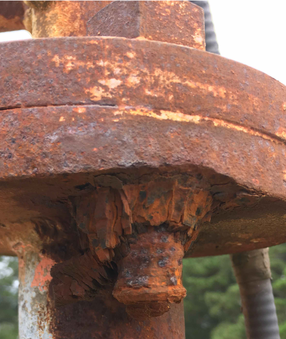
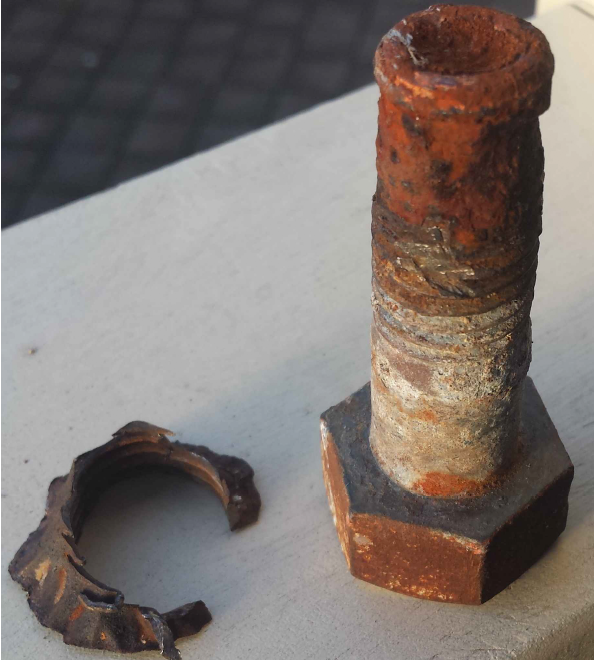
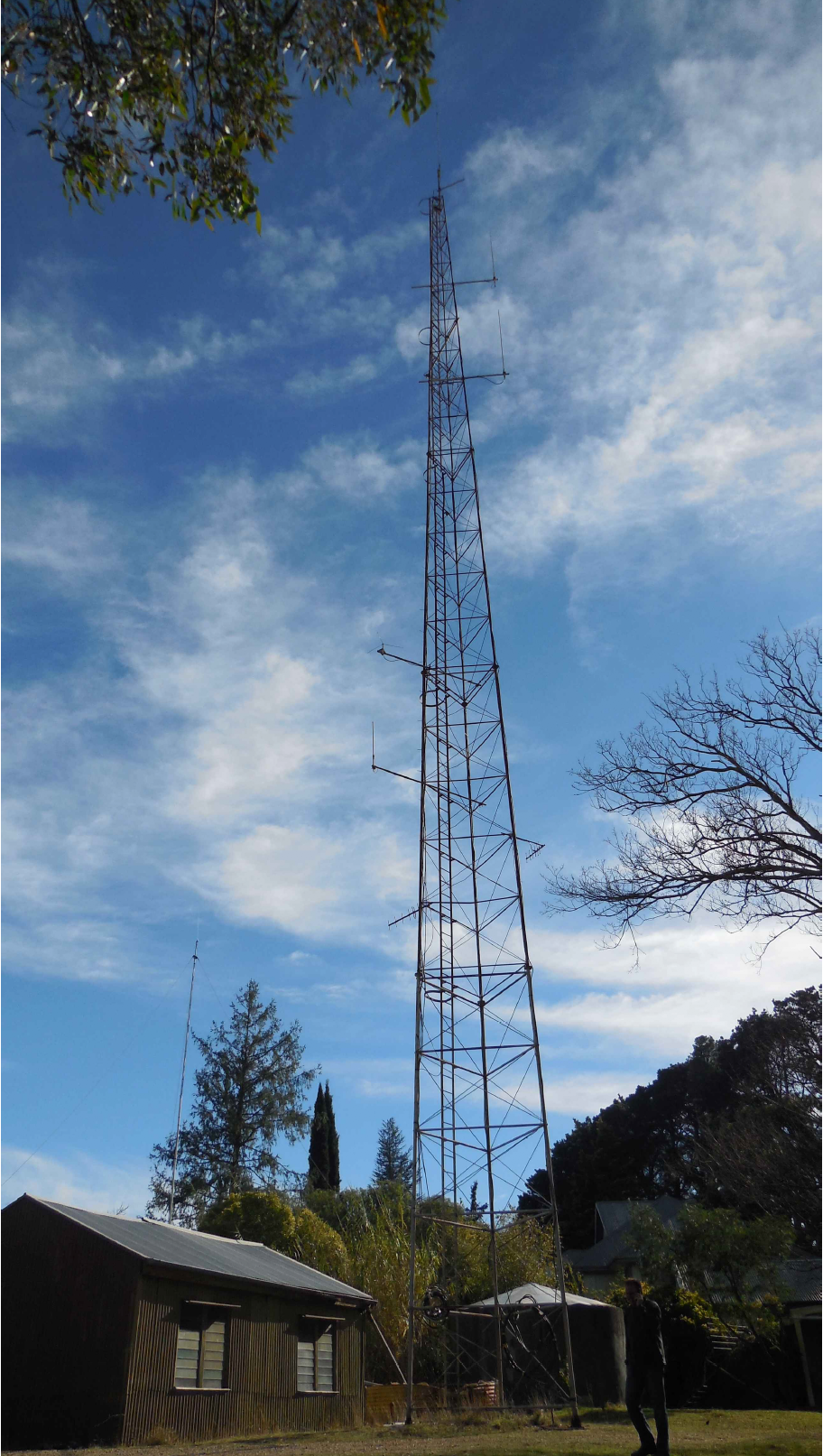
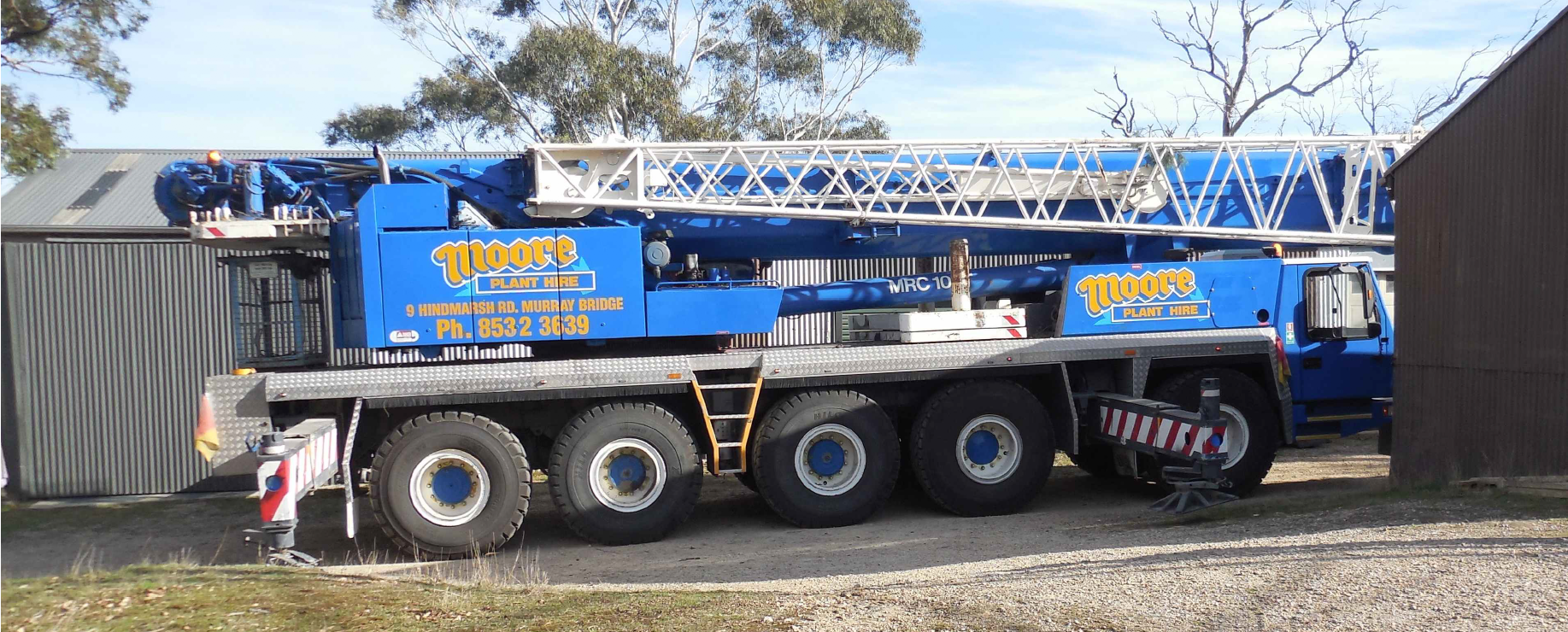
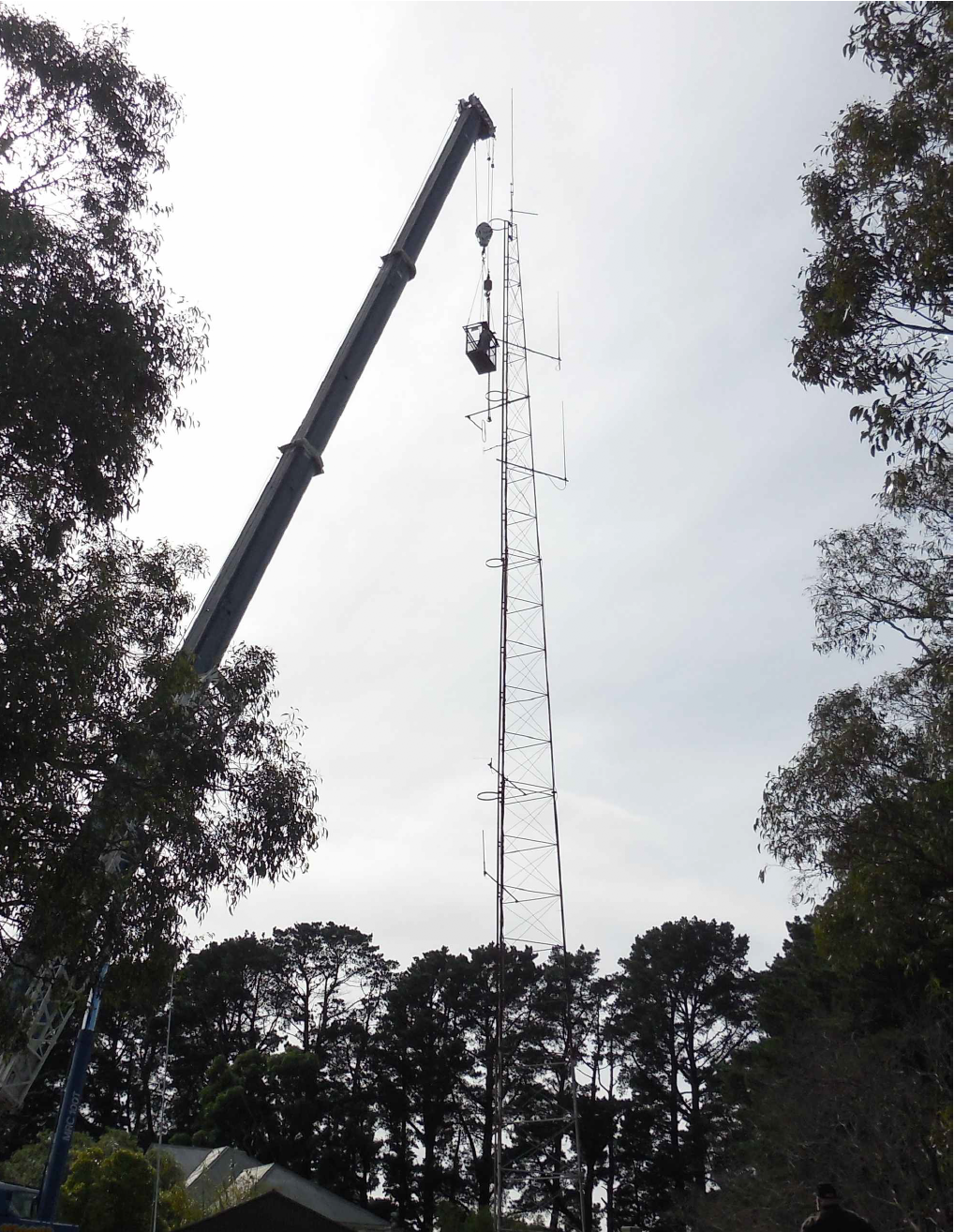
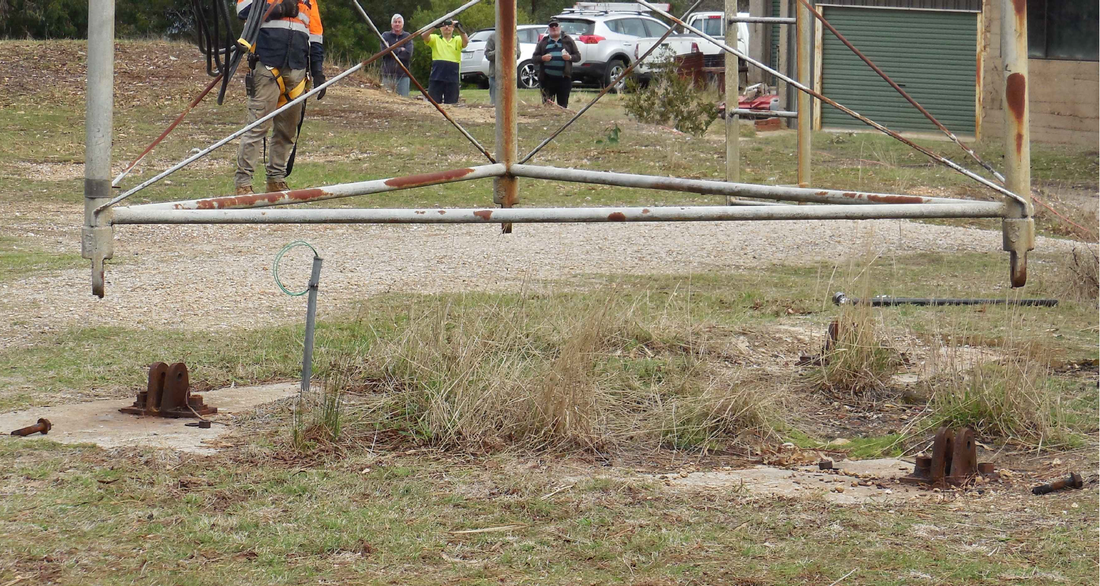
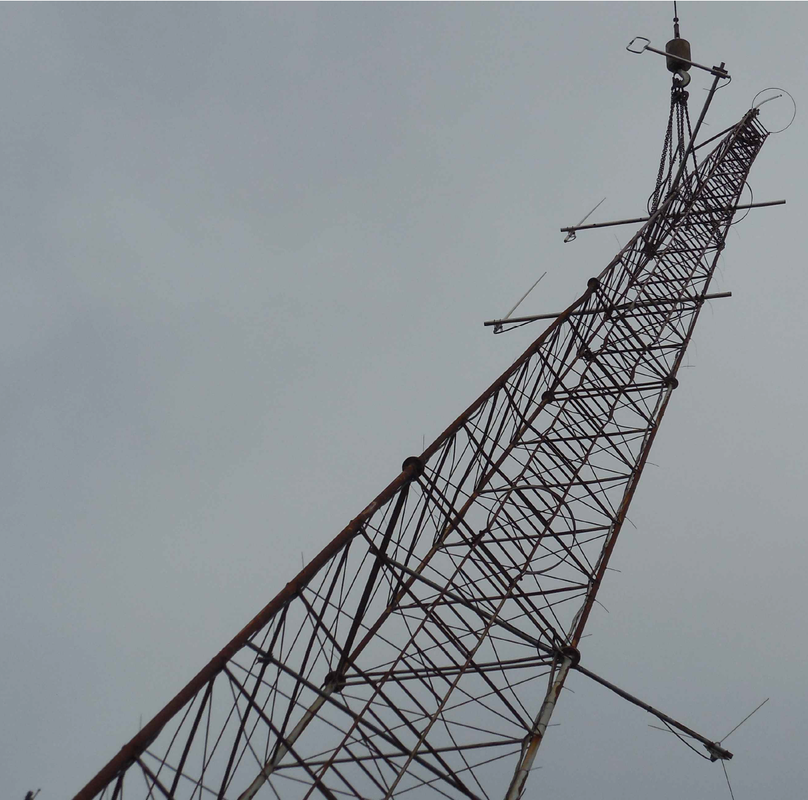
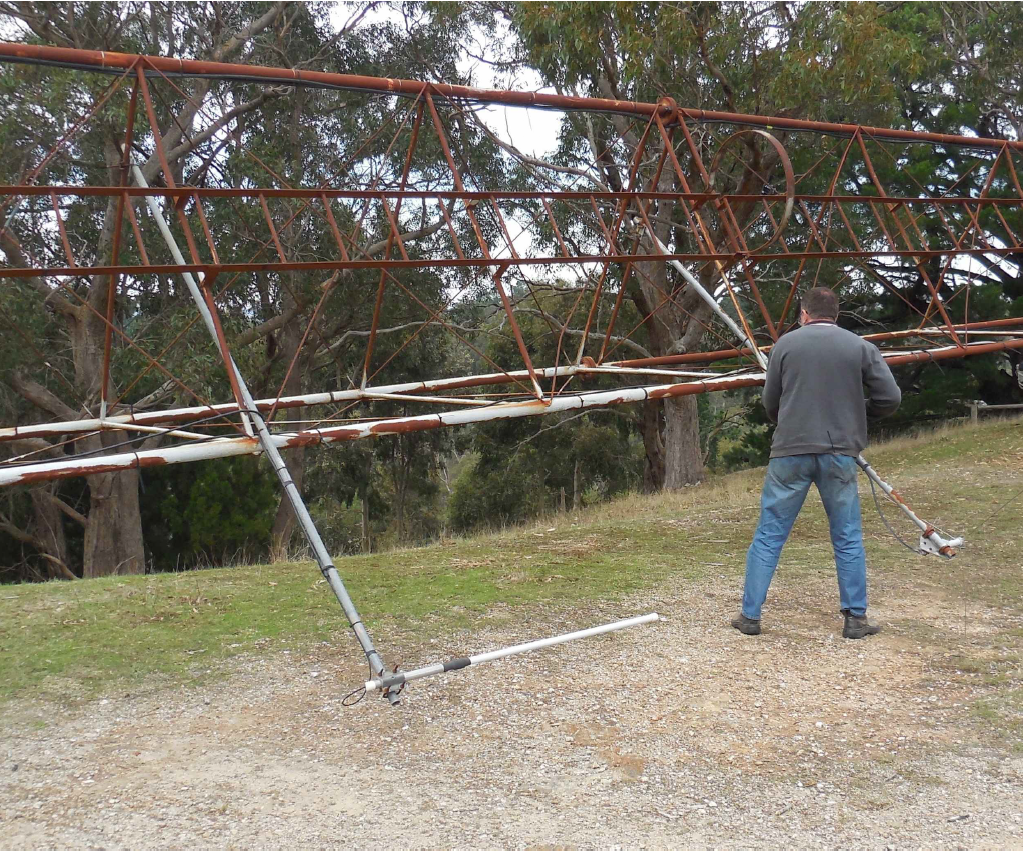
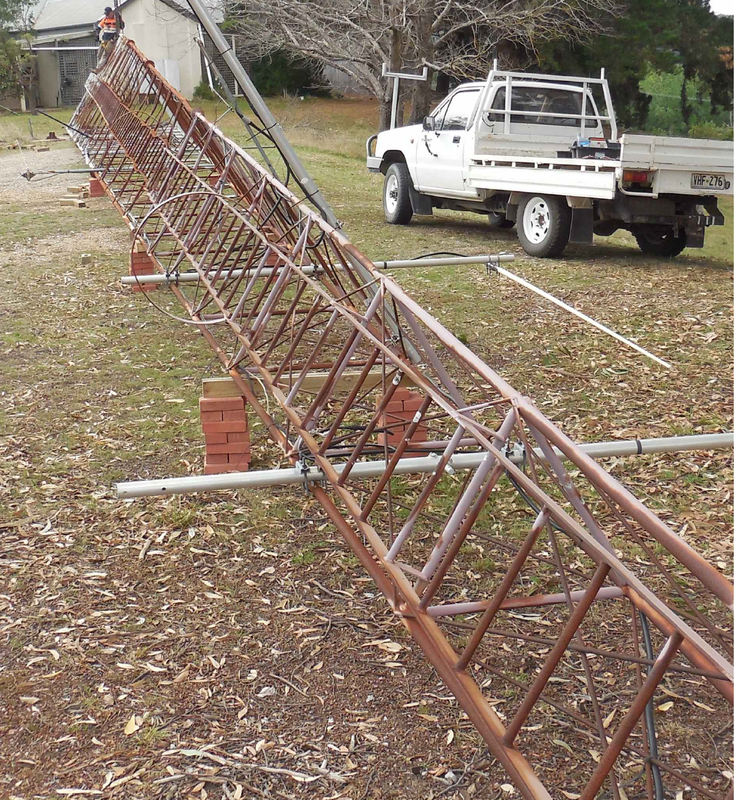

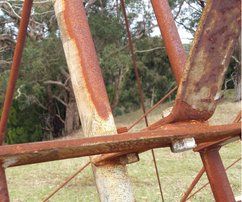
 RSS Feed
RSS Feed
